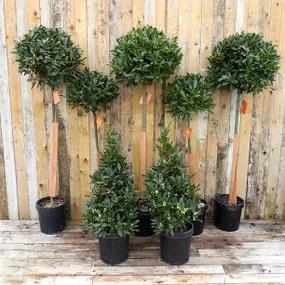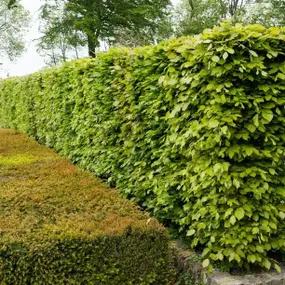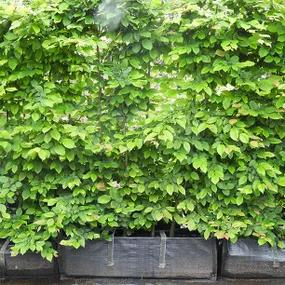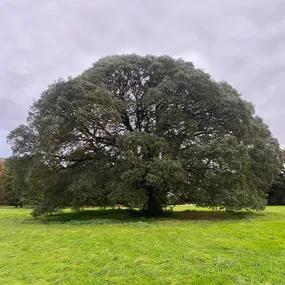There are relatively few plants that are widely used for formal hedges: these do the job so well that there is no need for other options.
Laurels block wind and light pollution about as well as holly, and like the King of formal hedging, Yew, will grow in full shade, as will the Queen of formal urban hedges, Privet, and the stalwart of car parks, Shrub Honeysuckle.
After Yew, Thuja plicata is a favourite conifer due to its forgiving nature, unlike others it will forgive some hard trimming.
They all clip beautifully for topiary: Box is the loveliest, but it's too slow for a tall hedge.
Beech, copper or green, grows anywhere there is good drainage and decent light, while Hornbeam will grow in the wet, heavy soils and shady places that beech can't stand.
They are not evergreen, but beech especially holds it Autumn leaves through winter, and they both complement evergreen hedges beautifully.
All of the above plants regrow from old wood, forgiving the worst clipping mistakes.
Most of the big, fast evergreens like Leylandii and Lawson's Cypress do not regrow from old wood, so they excel when well maintained and clipped twice a year without fail.
- Country hedging, on the other hand, is deciduous, can be laid and hard pruned to rejuvenate it, and generally requires less maintenance.
- Informal hedging includes diverse flowering shrubs, which are usually trimmed once a year after blooming.
Browse our full range of hedging.
Watch our quick video on planting a formal hedge.
Your mail order formal hedge plants are delivered by next working day courier.
If there is anything wrong with your plants when they arrive, Contact Us within 5 working days, and our friendly support team will sort it out.
All bareroot plants are covered by our Refund Guarantee, so you can give them a whirl with complete confidence.





 Hedge 3.webp)


 1.webp)
 3.webp)
 1.webp)
 1.webp)



 hedge 3.webp)
 1.webp)
 1.webp)
 3.webp)
 1.webp)